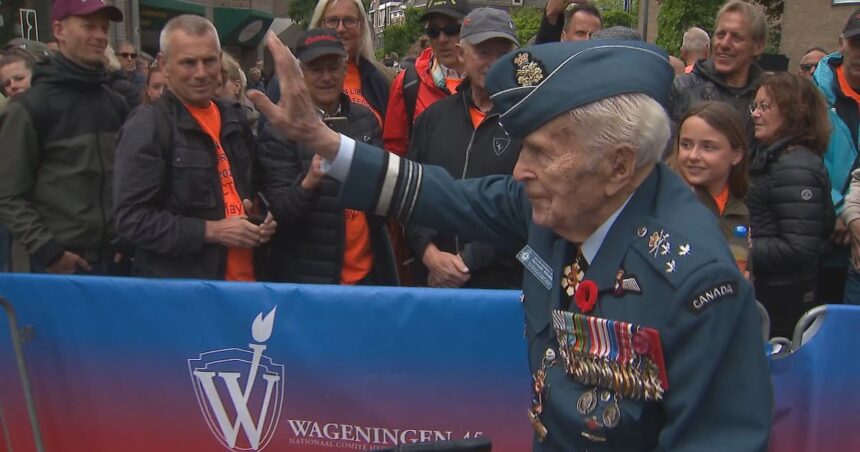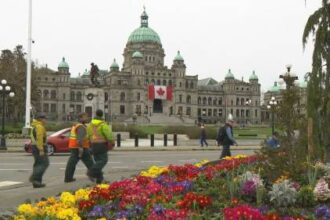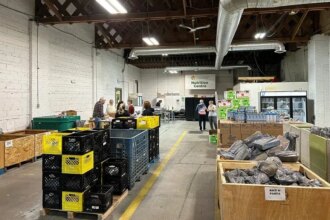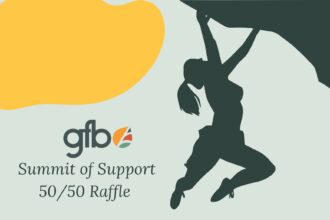In the cobblestone streets of Apeldoorn, where spring tulips bloom in vibrant arrays, Canadian veterans in their late 90s and early 100s received a hero’s welcome that moved many to tears. Eighty years after Canadian forces liberated the Netherlands from Nazi occupation, the gratitude of the Dutch people remains profoundly undiminished.
“They treat us like rock stars,” said 99-year-old veteran William Thompson, his voice wavering with emotion as crowds of Dutch citizens, many three generations removed from the war, lined streets to shake his hand. “After all these years, they still remember. They still care. It’s overwhelming.”
This week’s commemoration marks eight decades since more than 175,000 Canadian troops fought through bitter resistance to free the Netherlands in the final months of World War II. The liberation campaign claimed the lives of over 7,600 Canadian soldiers – a sacrifice that forged an enduring bond between the two nations.
Queen Máxima of the Netherlands, addressing gathered veterans at the Canadian War Cemetery in Groesbeek, emphasized this special relationship. “The friendship between our countries was written in blood and sacrifice, but has flourished in peace and prosperity,” she said. “We will never forget that our freedom came at tremendous cost to Canada’s sons and daughters.”
For veterans like 101-year-old Margaret Sullivan, who served as a nurse with Canadian forces, returning to the Netherlands stirred complex emotions. “The Dutch people suffered terribly under occupation. The ‘Hunger Winter’ of 1944-45 was devastating,” she explained, referencing the famine that killed over 20,000 Dutch civilians. “When we arrived, people were literally starving in the streets. To see the Netherlands now – prosperous, beautiful, free – that’s what we fought for.”
The commemoration featured several poignant gestures showcasing the depth of Dutch gratitude. In a tradition dating back to 1945, thousands of Dutch schoolchildren continue to tend the graves of fallen Canadian soldiers. Each May, the Netherlands also sends Canada thousands of tulip bulbs – a living symbol of gratitude that transforms Ottawa’s parks into a sea of color each spring.
Canadian Prime Minister Marc Miller attended the ceremonies, noting that the Netherlands represents “one of Canada’s most meaningful international friendships.” Addressing a crowd that included both Dutch citizens and visiting Canadians, Miller reflected on how the wartime alliance has evolved into robust economic partnerships and cultural exchanges.
Historians note that the liberation holds particular significance because it represents one of Canada’s most clearly defined wartime achievements. “The Netherlands campaign showcased Canada as an independent military power,” explained Dr. Emma Richardson of the Canadian War Museum. “Unlike many other Allied operations where Canadian forces served under British or American command, in the Netherlands, Canadians led the way.”
For the aging veterans, this may well be the final major anniversary they’ll attend in person. Transportation ministries in both countries coordinated special accommodations to ensure the comfort of these centenarians during their journey. Dutch families opened their homes, hosting veterans and treating them as honored family members.
“The reception has been remarkable,” said Thompson. “Children ask for autographs. People stop us in the street to say thank you. One woman showed me a diary her grandmother kept, describing the day Canadian tanks rolled into her village. These stories have been passed down through generations.”
As commemorations conclude and veterans prepare to return home, one question lingers in both countries: how will this profound connection be maintained when the last living witnesses to liberation are gone? Perhaps the answer lies in the Dutch schoolchildren who continue to place flowers on Canadian graves, ensuring that gratitude, like memory, can transcend generations.










